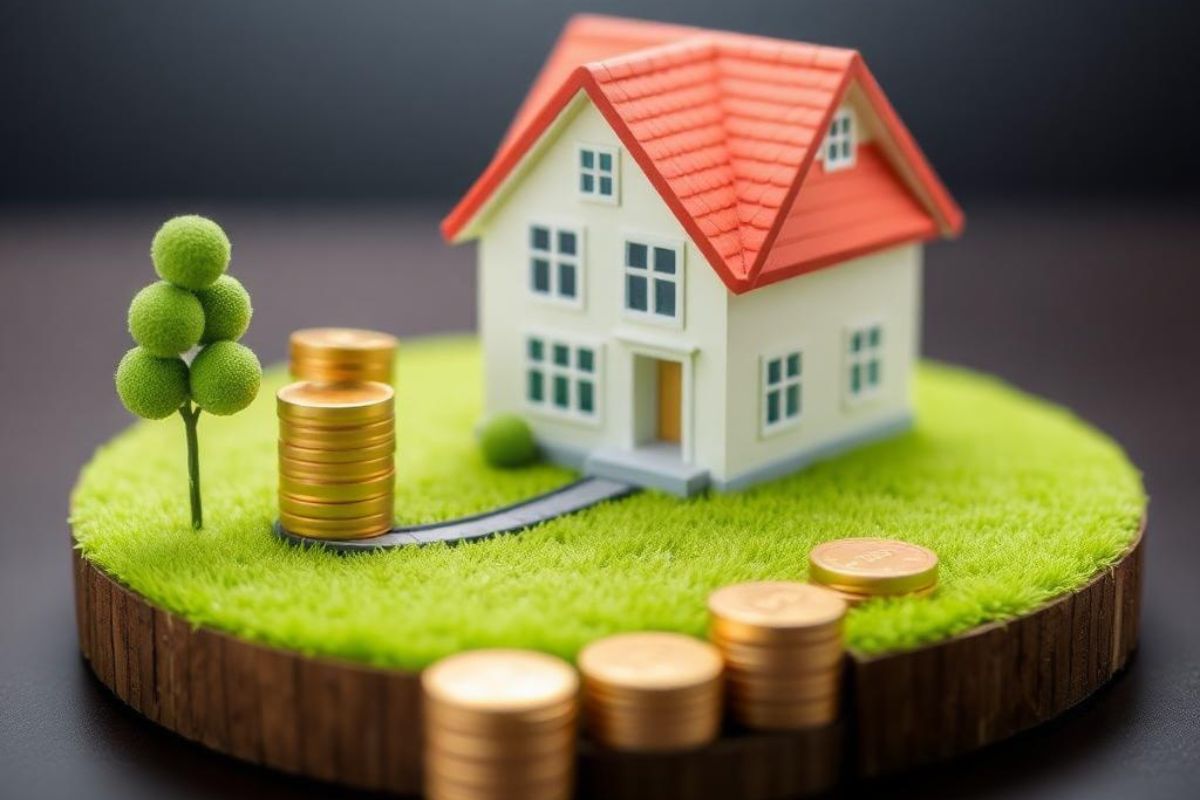How to Determine the Fairest Valuation for Your Property Before Downsizing
.jpg)
Making the decision to downsize your living environment is a big deal. It could be that the kids have fled the nest, or you’re merely sick and tired of vacuuming all those rooms that no one uses. Or, maybe you’re looking for a change of pace, with tiny homes giving you less space to worry about and more freedom to explore the world around you.
Whatever the motivating factor, the first hurdle to clear in achieving your downsizing goal is to sell your current property. There is a science to determining a fair market value for your family home. We’re not just talking a finger-in-the-air, wishful-thinking price tag. We’re talking about a price that gets your property sold and accelerates your downsizing plans without too much unnecessary stress.
If you find it overwhelming to crunch the numbers, or you just don’t know how to ascertain your home’s fair value, we’ll explain what to do. We’ll also explore your options to sell, based on how quickly you need to move on.
What is “Fair Value”?
Before we can proceed, it’s important to clearly explain what fair value means in the property market. Fair value isn’t your dream sale price, nor is it a lowball offer accepted simply to get the process over and done with. Fair value is found somewhere between the two. It’s what your property would likely sell for in the open market, once all factors are taken into consideration.
Get a Benchmark Valuation from Online Platforms
There’s no issue with starting out by using online property valuation tools to get an initial feel for your home’s value. Use at least three to get an average valuation across each platform. Be mindful that these are “estimates” of the property’s value and are determined by automated valuation tools that don’t consider all of the issues that could increase or decrease its value.
These tools are powered by underlying algorithms known as Automated Valuation Models. They pull data from past sales and public records to assume general trends. They can’t possibly know about your new kitchen, your new roof, or the fact that your neighbors sold for a rock-bottom price to secure their next home, but for getting a very rough first impression, they can be well worth trying.
Analyze the Current Market in Your Area
Once you’ve got these ballpark figures in your head, it’s time to do some investigating of your own. Look at the open market in your area right now. Take some time to find properties of a similar ilk to yours. Find out what prices they are selling for. This is crucial. Don’t just look at listings, since listings display the asking price sellers want, not necessarily what sellers get.
Try and find as many as five properties of a similar size, location, and layout. It’s very useful to have these comparables as they’ll give you a clearer indication of your property’s true market value. Is your property in a similar, better, or worse condition to these comparables? Are its amenities in the same vein? Is your home in a better school district? These are all variables you need to consider when setting your asking price.

Don’t be Afraid to Involve Local Real Estate Agents and Surveyors
Once you’ve used the online tools and you’ve done your own homework, lean into the market know-how of real estate agents and professional surveyors too. Many will offer no-obligation valuations, so you’re in a no-lose situation by getting their viewpoints.
It’s true that some agents will inflate their valuations to try and win your business. But the highest asking price doesn’t always mean it’s the most accurate. Ask each agent how they arrived at their valuation. Those who can attest to reputable data and sources to support their arguments are more likely to present accurate figures.
Factor Your Own Timeline into the Equation
By now, you’ve already done your analysis of the local market and sought the views of professional real estate agents and surveyors. Another facet of setting a fair value for your property is rather more personal. If, for instance, you're anticipating your offspring finally moving away from home, you'll need to have an honest conversation with them and decide just how fast you want to sell up and downsize.
Sure, if you’re in no rush and moving to a flexible, tiny home is a more medium-term goal, by all means hang tight and wait for someone to come along who's willing to accept a loftier value. Someone may fall in love with it more than most and be prepared to pay a bolder asking price.
However, if time really is of the essence, you need to think seriously about a fair price that nevertheless closes a deal fast. Enter stage left, cash buyers. These are property investors or individual companies that make cash offers for real estate and can close transactions within seven working days, completing on a date of your choice. If you’re looking to sell your house fast online, there are cash buyer services prepared to buy properties of any condition and in any location. Offers like these can be worthwhile to avoid messing with property chains, mortgages, and potential survey delays.
It’s something to bear in mind, especially if you’ve already laid eyes on your dream tiny home and want to acquire it while the market's in your favor.
Emotional Value vs. Market Value
Finding the right asking price for your family home comes down to this trade-off: emotional value vs. market value.
Emotionally speaking, you may feel your property is worth more than it is. That’s not unusual. You’ve invested time, money, and a whole lot of love in the property to get it how you want.
But here’s the thing, buyers don’t see the emotional value. All they worry about is whether your property fits their brief or not. You need to make peace with the fact that the market decides fair value, not you.
Ultimately, getting the fairest value for your property requires a balance of realism and market research. If your overarching goal is to downsize quickly and lower your cost of living, accepting a practical valuation for your family home is almost essential to make it happen.
We’ll leave you with this takeaway – a home’s value is not just linked to its price tag, it’s about what it empowers you to do afterwards.









